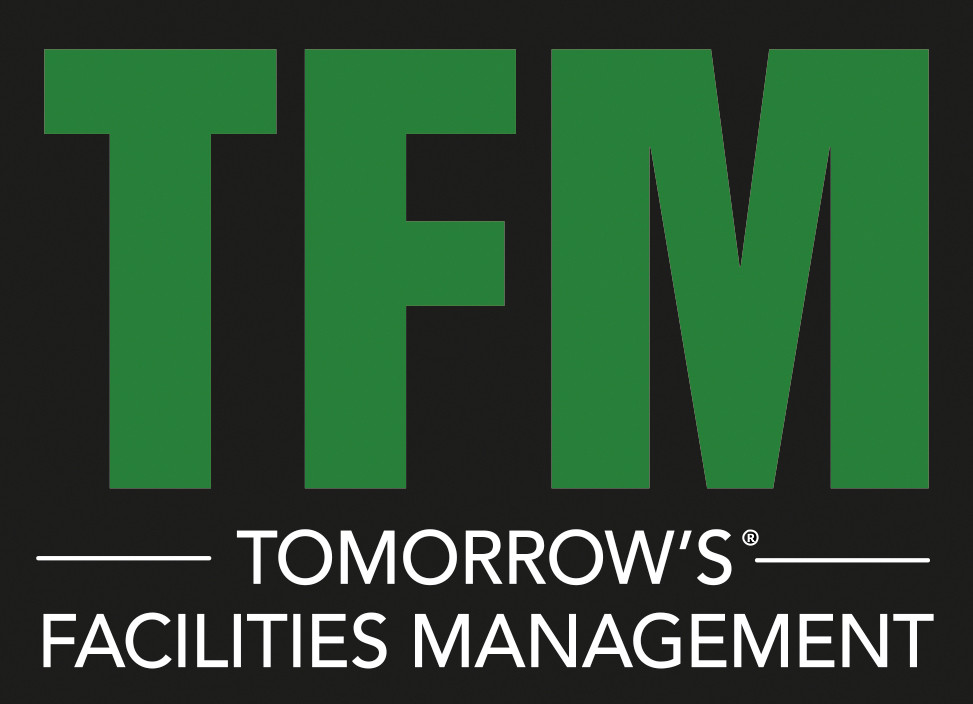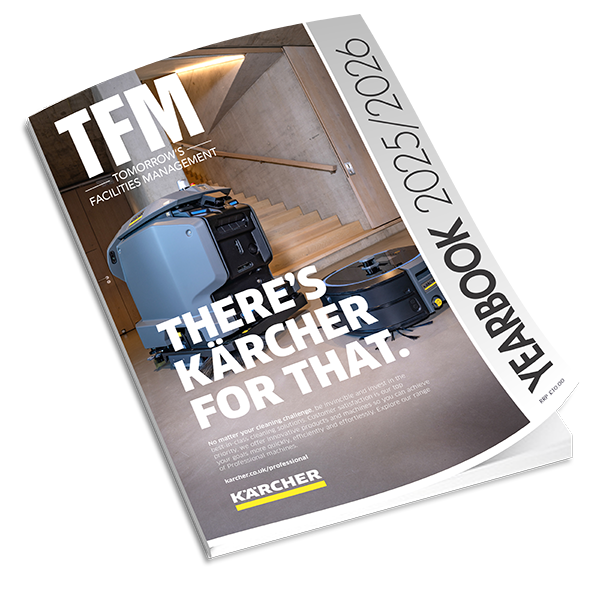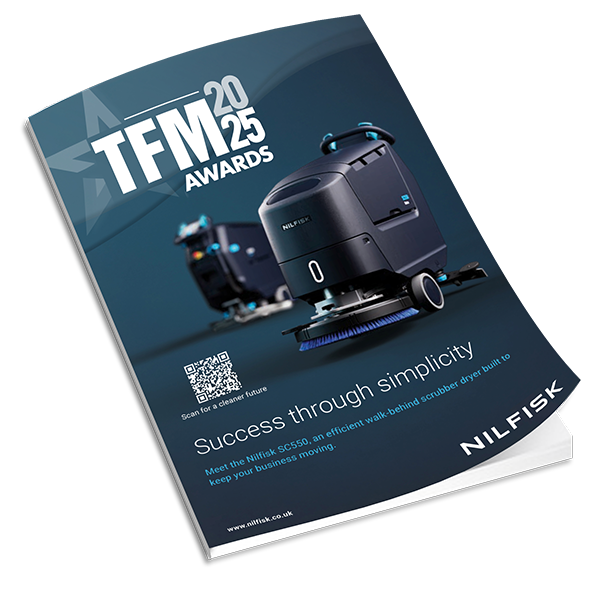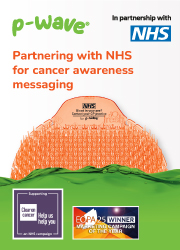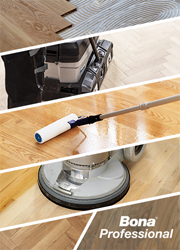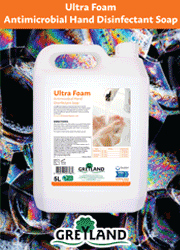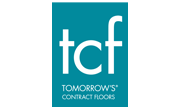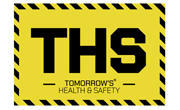Scott Saunders, Technical Service Manager at Watco, discusses the importance of undertaking risk assessments, particularly during winter months, to reduce the impact of hazards caused by deteriorating conditions.
It’s hard to find time for regular site-wide risk assessments. FMs today are managing an ever-growing list of responsibilities, which often leads to hazards being addressed once they are already impacting safety. This means that repair and maintenance jobs become more costly and time consuming to complete, and the level of hazards in the facility also become harder to control.
What should you do?
Recent research conducted by Watco found that only a third (34%) of FMs undertake a risk assessment at least once a year. The winter months are a great time to start the year with a full facility risk assessment, because the extreme weather conditions and reduced visibility from lower daylight hours help to highlight hazards that could be overlooked. For example, if safety tape starts to wear on external steps, this might not usually be considered a time-sensitive hazard to address. However, in winter when the steps are harder to see in the dark, it becomes a highlighted repair to complete.
By conducting your risk assessment now, you can identify areas that need attention in the short term, but also record the hazards that are related to, or worsened by, the seasonal conditions, so you can be prepared.
How weather conditions impact repairs
Watco’s research also found that 35% of FMs carried out more maintenance work when weather conditions were bad. This is likely because the hazards can be exacerbated in those conditions, for example rain and freezing temperatures can cause minor damage on a car park or road to become a large pothole, resulting in repairs having to be completed more urgently.
Severe weather can put the FMs themselves in danger, make repair work more complex, and can compromise the quality of the repair e.g. if contaminants are blown into the damaged area while the repair product is being applied. Therefore, the winter risk assessment allows FMs to schedule and complete urgent repairs now, but also to record areas for inspection throughout the year, so surfaces are well maintained and protected before the winter conditions arrive again.
So, what should be included in the risk assessment?
Floor damage
Cracks, holes and uneven floor surfaces should be highlighted for repairs as they are spotted year-round, with over one in five FMs in the research agreeing that damaged floors and surfaces pose a risk to health and safety. However, in winter weather conditions, these types of damage become an even bigger concern because water ingress and the freeze and thaw cycle causes the surface material to deteriorate further and increase the extent of the damage. Small holes in the floor can quickly become trip hazards or obstacles for vehicles being driven in the facility. Floor damage in car parks and external areas is harder to spot and avoid in the darker mornings and afternoons too.
Using durable, industrial repair products on these surfaces eliminates the trip hazard immediately Then, recording specific hotspots for floor damage will allow FMs to keep on top of it more easily throughout the year, so that the surface is better maintained and the same level of damage does not reoccur.
Step safety
Steps need particular attention in winter risk assessments because wet and icy weather increases the risk of slips. Without adequate lighting, it can also be hard to see where the step edges are, particularly if they are worn down.
By including step safety in the risk assessment, FMs can determine immediate actions, and create a plan for the year ahead in preparation for the next winter. For example, they could attach brightly coloured step edges in the short term for grip and visibility, then add motion-sensor floodlights to key external areas later in the year.
The full winter risk assessment will need to encompass many more factors for the entire facility, however, the longer-term gain in accident reduction, time savings and cost efficiencies is well worth the input. Watco’s free resource library has a wide range of helpful guides that can help FMs with identifying areas to focus on and providing recommendations to solve them, click here to learn more.



